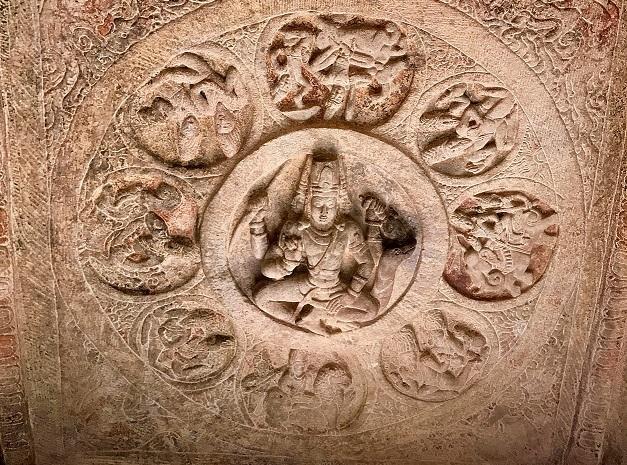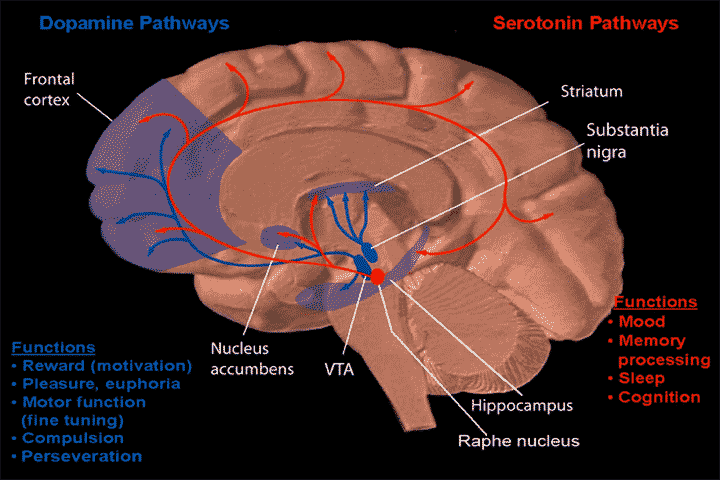Nagas: Ancient Beings, Our Body Devatas
Nagas are ancient beings that live in all parts of the Universe. Like bacteria in our bodies, we live in a symbiotic relationship with them. The Nagas are our body Devatas. They are much, much older than the body itself, yet they are not at all isolated to exist only within the physical form. Nagas … Read more




